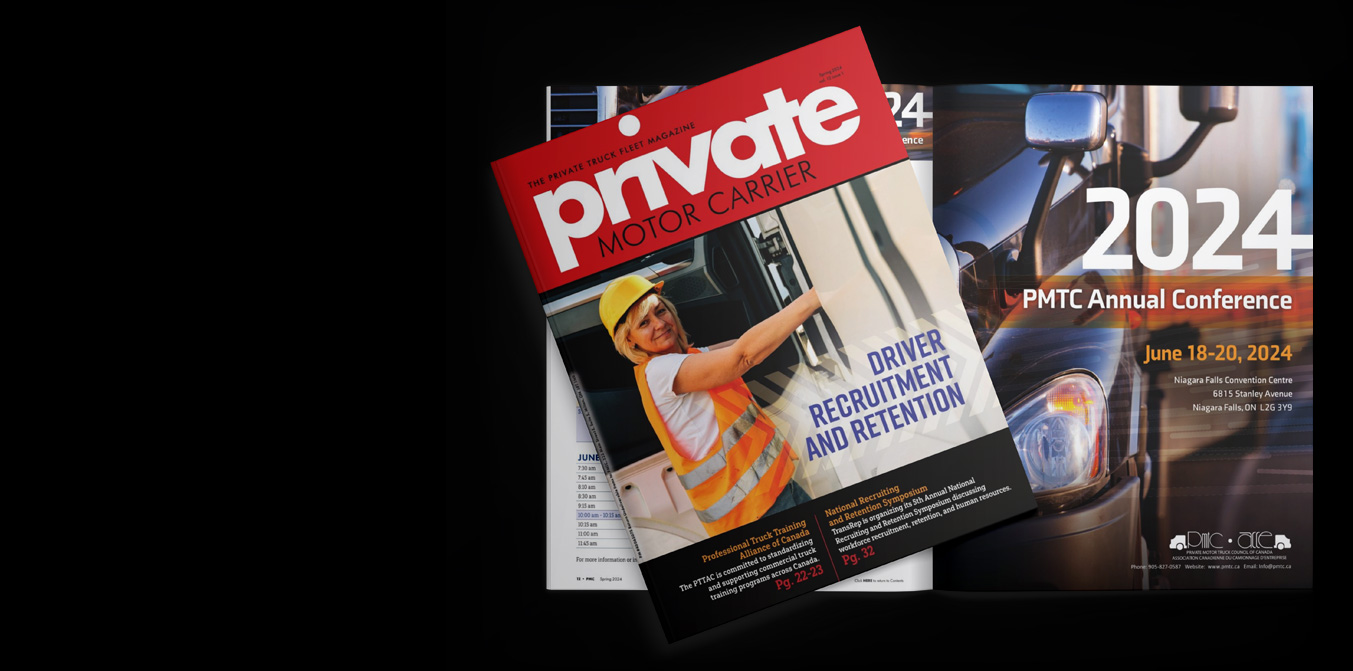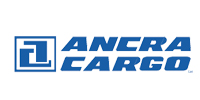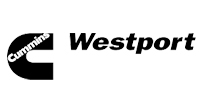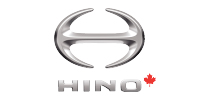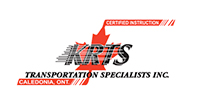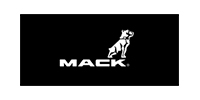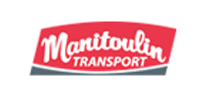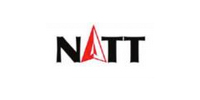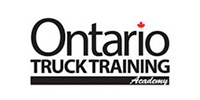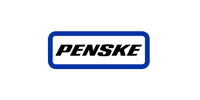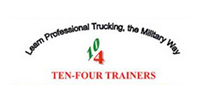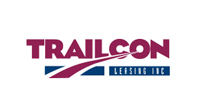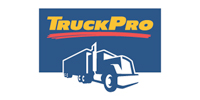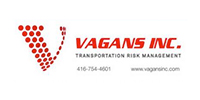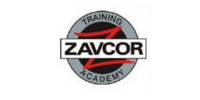By Mike Beaudin
The gruesome death of Hollywood starlet Jayne Mansfield in 1967 sparked a debate on truck safety that is still ongoing almost 50 years later. Mansfield was nearly decapitated when her Buick Electra slid under a semi-trailer in a rear-end collision.
Her death prompted the National Highway Traffic Safety Administration (NHTSA) in the United States to propose mandatory rear-impact guards for all tractor-trailers. But it took more than 30 years for the underride guard or rear impact guard, sometimes referred to as the “Mansfield Bar,” to be fully adopted in Canada and the US.
Although the guards are now mandatory in both countries – and everybody agrees they are lifesavers – safety experts, manufacturers and industry observers continue to debate whether the standards are tough enough. The regulations are much different in each country. Since new regulations were introduced by Transport Canada in 2007, Canadian standards have required underride guards that are twice as strong as those mandated in the US. Last year, the NHTSA introduced a proposal that would force American carriers to install rear guards with standards similar to those required in Canada.
The Insurance Institute for Highway Safety (IIHS) in the US recommended the upgraded standards after a two-year study of 1,000 rear-end collisions, involving vehicles and tractor-trailers. The study showed that about 10% of the vehicles slid underneath the trailers, which resulted in 23 passenger deaths. IIHS tests showed the guards did a good job of preventing passenger vehicles from sliding underneath trailers and increasing the chances of survival, but in crashes involving only a small portion of the truck’s rear, most trailers failed to prevent potentially deadly underride. The IIHS tested eight trailers and found that only one unit, a trailer made by Quebec-based Manac, passed the gold standard of preventing underride at the outer edges of the trailer.
Aaron Gorman, general sales manager for Manac in Ontario, says the company started manufacturing the new rear-impact guards in 2007 with the aim of redirecting passenger vehicles that crash into the trailer on an angle. “You’re not going to have vehicles hit you directly from behind. People are changing lanes. There are so many variables that can happen.”
Manac’s trailers position the vertical supports that hold the bars near car-bumper height more closely to the outside of the trailer. They are also bolted to a reinforced mounting position on the trailer deck to allow the guard to give upon impact and absorb the collision so vehicles aren’t running into a solid wall. The IIHS found that the typical failure resulted from horizontal bars that bent outside the vertical supports or those where the vertical support on the side of impact failed.
“Most manufacturers haven’t changed the location of their uprights,” says Gorman. “It’s old technology. Older plants are set up to manufacture them as they are now. If it’s not broken and they’re not pushed to change it, they’re not going to change it.”
Wabash has also introduced a new rear-impact guard designed to deflect impact at any point along the bumper. The Rig-16 Underride Guard System, which came on the market in early 2016, is made of advanced high-strength steel and features two additional vertical posts and a longer, reinforced bumper tube. The outer vertical bumper legs are placed closer to the sides of the trailers. The guard is designed to resist corrosion. The company says the guard underwent three years of research and development including numerous crash tests. J.B. Hunt, one of the largest logistics companies in North America purchased 4,000 Rig-16 trailers in March, in an effort to improve safety.
Although major manufacturers like Manac and Wabash are offering guards that exceed the Canadian standards, Transport Canada has no plans to change its current regulations, says Don Moore, executive director of the Canadian Transport Equipment Association (CTEA). The National Research Council developed the Canadian rear impact guard solution standards in conjunction with the CTEA (which spent $350,000 to test the new guards). Moore says one of the current Canadian designs is a four-post solution that offers adequate protection on the far outboard. He says their suite of generic rear-impact guard continues to meet the broad needs of the Canadian trucking industry and there is no reason to consider a costly revamp of the program to introduce new standards based on changes initiated by major manufacturers.
“Manac always had their guards further outboard and it will help in certain instances, but it is something that is not seen as absolute and the justification for making these changes to the regulations hasn’t been there,” says Moore. “The big manufacturers are going to do something a little different, that meets the requirement and then maybe goes beyond. That is laudable and excellent on their part but at the same time it’s not something we necessarily need to do. Not even the Americans have come to the conclusion that guards that are further outboard are ultimately safer.”
Moore says the NHSTA’s new standards will mirror, not exceed, the existing Canadian standards. Carriers on both sides of the border will be compliant for the foreseeable future. “Our goal is to help the small and medium-sized guys meet the requirement. If somebody wants to step out and go beyond that, it is totally up to them. We’re doing what is best for the overall industry.”
Most carriers agree with Moore. As long as the equipment they’re running is compliant, they see no reason for change. Scott Kinsman, an account manager at Maxim Truck & Trailer in Winnipeg, says he’s never had a customer ask about the safety merits of rear-impact guards. They’re more interested in whether the bumper is made from galvanized or stainless steel. “Everything boils down to: this is doing business for the trucking industry. The compliance levels are pretty stringent as it is, so I don’t think anybody sees any benefit in exceeding the minimum requirements today.”


